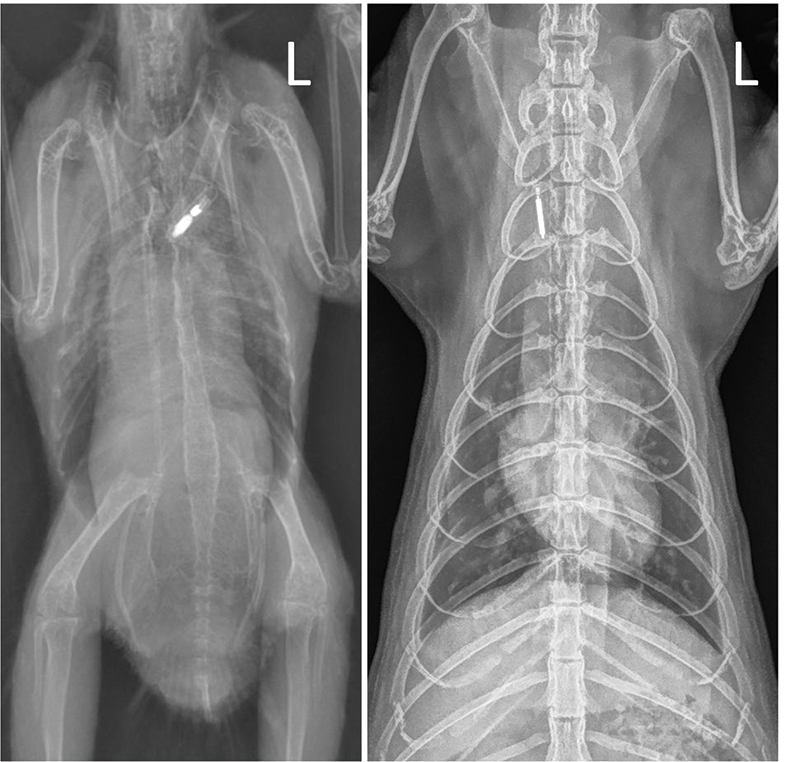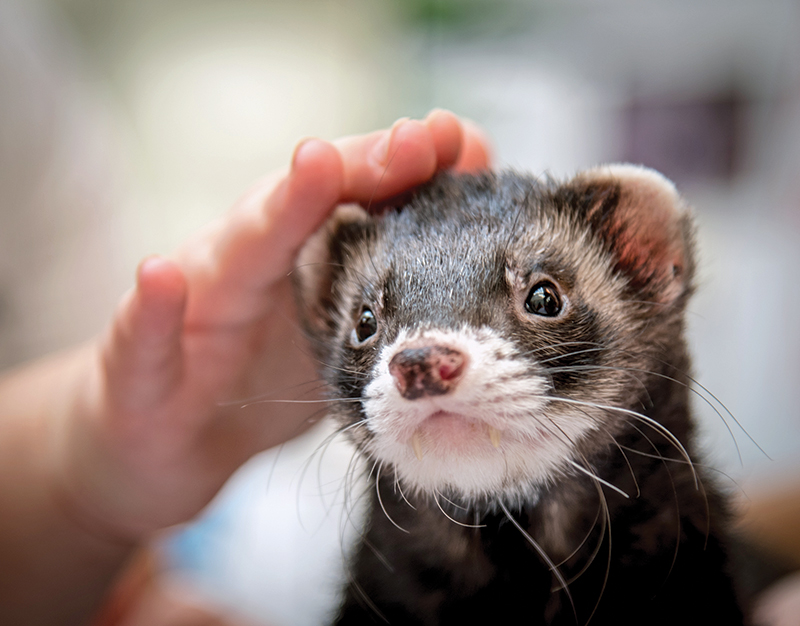The American Animal Hospital Association recommends the placement of microchips to permanently identify dogs and cats, but what about the other companion animals you are seeing in your practice?
Resoundingly, YES, microchips are safe and can be used to permanently identify any number of species ranging from rabbits, ferrets, parrots and tortoises (and more!). The benefits of permanent identification are obvious in individual animals who live outdoors or spend anytime outdoors.
Additionally, we should remind our clients that sometimes their “indoor only” ferret may one day decide to escape out their dryer vent (yep, I’ve seen this happen) or their Amazon parrot may break through a window screen and go for a stroll. (Unfortunately, this is all too common.)
I have personally seen several zoological companion species reunited with their human family members because of the presence of a microchip!
Placement of a microchip is simple, regardless of the species. In mammals, the intrascapular site is still the site of choice for subcutaneous implantation. In parrots, although many veterinarians have placed the microchip into the pec[1]toral muscles, I often place them subcutaneously in the intrascapular region as well, knowing that they are more likely to migrate from this position. Tortoises can have the implant placed in the prefemoral region, just underneath the skin after pulling out the pelvic limb (good luck!)
Although the microchip needle is comparably larger than your patient with the less traditional species, the injection is still only skin deep in most cases and as such does not require anesthesia.
However, a sedation event can make you feel more comfortable with landmarks for placement and give you the opportunity to prep the site adequately. You can also perform a local block to ensure comfort for your patient. Lastly, I feel better when the injection site is closed with tissue adhesive, as the hole in the skin can be sizable.
Discussions surrounding placement of a microchip are a routine part of our wellness discussions with dog and cat owners, so this discussion should be pretty simple to start with your clients who have other species.

A microchip is in most cases simple to place, safe for the animal, and has the potential to preserve the human-animal bond by reuniting companion animals with their human family members.
Recommending microchip placement benefits our patients (regardless of species), our clients, and our business!




